The best studio monitors for your home setup can be hard to find, especially if you’re on a tight budget. We selected some of the best budget studio monitors for bedroom producers to help you solve this problem, and we’ll discuss some of the key aspects of why they were chosen.
The article features an up-to-date list of the best budget studio monitors to improve your home studio setup while ensuring you get the best value.
But before we get to the list, let’s cover the basics of setting up your studio monitors.
How studio monitors translate to other systems
Choosing a monitor that translates well onto other systems – especially small laptop speakers and earbuds – is a key factor in this process. It’s important to note that in most cases, a revealing set of monitors with good translation properties isn’t necessarily the most fun to work on – especially at first when your ears are still familiarizing themselves.
While translation is often the basis of using one studio monitor instead of another, a good engineer will understand the shortcomings of their speakers and their listening environment over time. For this reason, the cornerstone of monitor selection among professionals comes down to personal taste.
Room size and speaker positioning
The room you’re working in is another important component for monitoring accuracy. If your pair of studio monitors is too small, you might overcompensate by boosting the low frequencies too much when mixing.
Alternatively, a too-large speaker may result in your tracks lacking a low-end punch. You should also be aware of sound phenomena like standing waves, where sound waves bounce walls, resulting in uneven frequency reproduction.
Your studio monitors should be on stands or decoupled from your desk with acoustic foam wedges and angled toward your most comfortable listening position. A minimum distance of 0.5 meters (roughly 1.6 feet) from the wall reduces reflectivity, particularly when dealing with rear-ported speakers, so keep this in mind.
I also prefer active over passive speakers, as they don’t require a separate power source and power amplifiers.
The best budget studio monitors in 2023
Whether it’s music or audio post-production you plan to work on, always consider your workspace and the surrounding environment first. From there, finding a pair of monitors that best suits your purposes should be easy.
These are the best affordable studio monitors:
- JBL 305P MKII
- IK Multimedia iLoud Micro
- PreSonus Eris E5 XT
- Kali Audio LP-6 2nd Wave
- M-Audio BX5
- Yamaha HS5
- KRK Rokit 5
- Genelec 8020D (or 8010A)
- Mackie MR824 and Mackie CR
- ADAM Audio T7V
- Alesis Elevate 5
We tried to keep our list of budget-oriented studio monitors short so you’re not overwhelmed with options. Now, let’s take a closer look at each model.
JBL 305P MKII
A popular choice for home music production, the 305P MKII is a 5-inch two-way monitor that packs plenty of punch for its size. Their decent bass response makes them great for electronic music. The high frequencies are detailed enough to work with speech and vocal material.
The frequency response is flat, making the 305 MKIIs a good choice if you produce music in a smaller room. I also like the build quality, which is above what I expected for its relatively affordable price.
The 305P MKII is rear-ported, so remember to place it a fair distance from the wall. Also, use the Boundary EQ and HF Trim switches on the rear panel where necessary.
The projected stereo image is decent overall, which makes these monitors hard to beat for the price. The JBL 305P MKII is a great choice for an audio engineer on a budget.
If you’re looking for something from JBL Professional at a lower price point, check out the JBL One Series 104. It is an ultra-compact set of speakers with a comparatively low price tag.
More info: JBL 305P MKII
IK Multimedia iLoud Micro
If you’re looking for a portable monitoring solution, the iLoud Micro is a budget-friendly option combining compact size and great sound quality. Moreover, they have a detailed sound and are surprisingly analytical for studio monitors with a compact design.
I didn’t like that the iLoud Micros don’t have a balanced XLR input. Even so, they are professional DSP monitors that are a great option for small spaces and situations where you aren’t using an external audio interface.
The interface on the back includes a mini-jack, RCA inputs, and Bluetooth connectivity. The latter makes this pair of budget studio monitors one of the best options for working with mobile devices.
I use a variety of iPad apps to make music. Wirelessly connecting the tablet to a pair of compact studio monitors is a great option when I’m traveling because that’s one less cable I need to pack.
IK Multimedia also included three switches for tuning the iLoud Micro to your room.
More info: IK Multimedia iLoud Micro
PreSonus Eris E5 XT
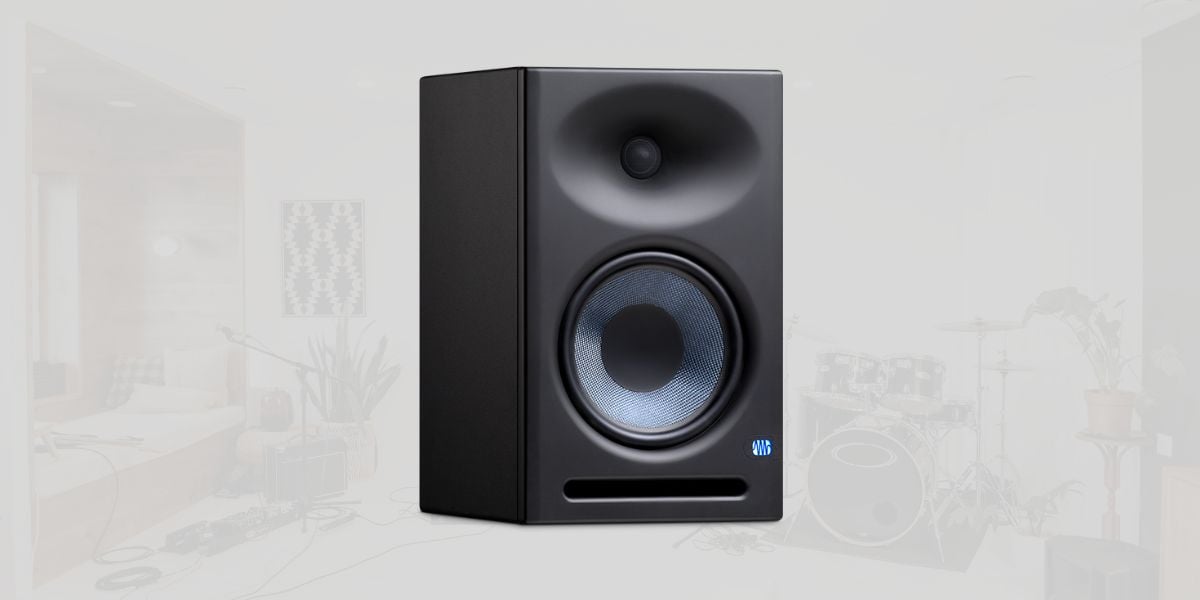 The Eris E5 XT is a compact and affordable nearfield monitor equipped with a 5-inch driver and should be adequate for the average-sized study or small bedroom. Its simple front-ported, two-way bi-amplified design with plenty of corrective controls makes it a great choice for beginners.
The Eris E5 XT is a compact and affordable nearfield monitor equipped with a 5-inch driver and should be adequate for the average-sized study or small bedroom. Its simple front-ported, two-way bi-amplified design with plenty of corrective controls makes it a great choice for beginners.
The rear panel is equipped with balanced XLR and TRS inputs as well as unbalanced RCA. Meanwhile, the EQ features include 1 kHz midrange and 10 kHz high-frequency controls and a low-cut switch.
In addition, the “Acoustic Space” switch reduces all frequencies below 800 Hz to compensate for the boundary effect. This feature is essential for music producers who can’t invest in acoustic treatment.
I tested Eris E5 XT in my friend’s studio. These budget studio monitors from PreSonus are for mixing hip-hop and electronic music, thanks to the tight bass response that translates well to smaller speakers and headphones.
Also, the 1-inch silk dome tweeter reproduces plenty of detail in the high frequencies. The frequency response remains flat for the most part, making the Eris E5 XTs a good option for critical listening and mixing in a home studio.
More info: PreSonus Eris E5 XT
Kali Audio LP-6 2nd Wave
If you’re unfamiliar with Kali Audio, it’s because they haven’t been around as long as some of the other famous monitor brands. However, Kali Audio has built an outstanding reputation as a manufacturer in only a few years, with some of the best budget studio monitors available.
The LP-6 2nd Wave is the most recent edition of Kali’s entry-level two-way nearfield monitor.
Its 6.5-inch driver ensures it puts out enough energy for most standard rooms. The front-ported design makes it an excellent choice for mixing in a small room.
There are eight position configurations, and six additional EQ presets to choose from on the rear panel. You can fine-tune the speakers to ensure accurate sound reproduction and a flat frequency response that is customized for the size of the room.
More info: Kali Audio LP-6 2nd Wave
M-Audio BX5
The M-Audio BX series has earned its reputation as an affordable, reliable, and compact two-way monitor solution. It has undergone several updates and redesigns, ensuring it stays up-to-date with the latest industry standard.
M-Audio’s studio monitors are available in different sizes, but the 5-inch version is the best option for a home studio enthusiast. It is the perfect size for home recording and mixing, with a larger woofer and more watts of power than smaller speakers.
The BX5 was my second pair of speakers, and I still think they are among the best monitor speakers you can get if you’re looking for an affordable option.
One standout feature of the new BX5 is its upgraded tweeter waveguide, which provides a wide sweet spot for optimal sound dispersion. This means that no matter where you are positioned in your studio, you’ll experience consistent and accurate audio.
The BX5 also has a detailed low end and high power output for the price. They have a reasonably flat response unless you are mixing at higher volumes, when their sound tends to break apart.
I often used the volume control to reduce the loudness when mixing on my BX5s. If you don’t mind keeping the volume down when mixing, I still think the M-Audio BX5 is one of the best cheap studio monitors.
More info: M-Audio BX5
Yamaha HS5
Known worldwide as the bedroom producer’s NS10, the Yamaha HS5 has been used by some of today’s top producers like Finneas O’Connell and many others. From the design to the sound, it’s a plain and simple 5-inch nearfield monitor that translates well on other playback systems.
Although rear-ported, the HS5 is sonically very neutral and has two shelving filters to boost or attenuate frequencies, according to the room. The Room Control switch adjusts the frequency range below 500 Hz, while the High Trim switch can boost or cut frequencies beyond 2 kHz.
If you’re looking for budget studio monitors that look classy and sound good, the Yamaha HS is a great choice. And if you’re a music producer who appreciates visual aesthetics, the signature white front panel design makes Yamahas the perfect choice in this price range.
More info: Yamaha HS5
KRK Rokit 5
I had the opportunity to test out the KRK Rokit 5 Studio Monitors in several recording rooms, and I must say they exceeded my expectations.
The build quality of these studio monitors is impressive. The black and yellow design gives them a professional appearance, while the robust construction ensures durability. The build quality is better compared to the KRK Classic series.
The front-facing bass port design enhances bass response and makes them suitable for placement in any studio setup. The compact size is an added advantage, especially for those with a limited working space.
The KRK Rokit 5 delivers exceptional sound quality. The bi-amped design ensures accurate frequency separation with separate amps for the woofer and tweeter.
These monitors provide a well-balanced sound with clear midrange, detailed highs, and tight lows. The sound is natural and accurate whether listening to music, mixing tracks, or mastering.
With adjustable high-frequency and low-frequency controls on the rear panel, you can tailor the sound to suit your preferences or room acoustics. This flexibility allows for efficient monitoring in different environments, making the KRK Rokit 5 suitable for professional studios and home setups.
The front-firing volume control and an LED power indicator on the front panel add to the overall excellent user experience. The rear panel also features balanced XLR inputs, balanced ¼-inch TRS, and unbalanced RCA inputs.
Although the KRK Rokit 5 delivers exceptional sound quality at lower volumes, it truly shines when pushed to higher volumes without distortion or loss of clarity. This quality makes them ideal for DJs and producers who enjoy cranking up the volume during intense music sessions.
More info: KRK Rokit 5
Budget Studio Monitors – Reader Suggestions
We’re always happy to receive feedback from our readers. The BPB comments are often a source of valuable tips and insights from fellow bedroom producers.
Here are some additional budget studio monitors you should consider, as suggested in the BPB comments section.
- Genelec 8020D (or 8010A), suggested by Pisces;
- Mackie MR824 and Mackie CR, suggested by Simba Jahi;
- ADAM Audio T7V, suggested by Navi Retlav Studio;
- Alesis Elevate, suggested by Stephen Canter.
Which studio monitors are you using? Are you looking to upgrade soon? Do you prefer using headphones?
We look forward to your thoughts and suggestions in the comments section below.
Parts of this article were contributed by Stefan Wyeth. Editing and fact-checking by Tomislav Zlatic.


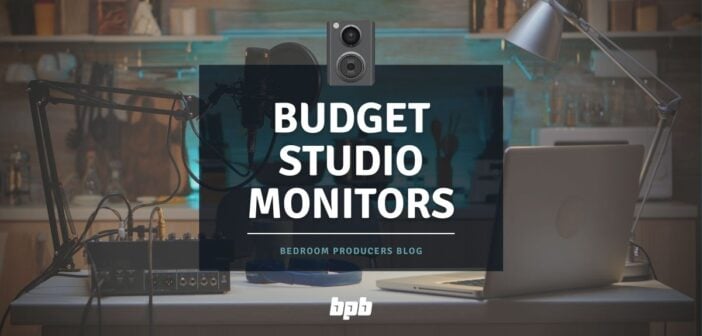
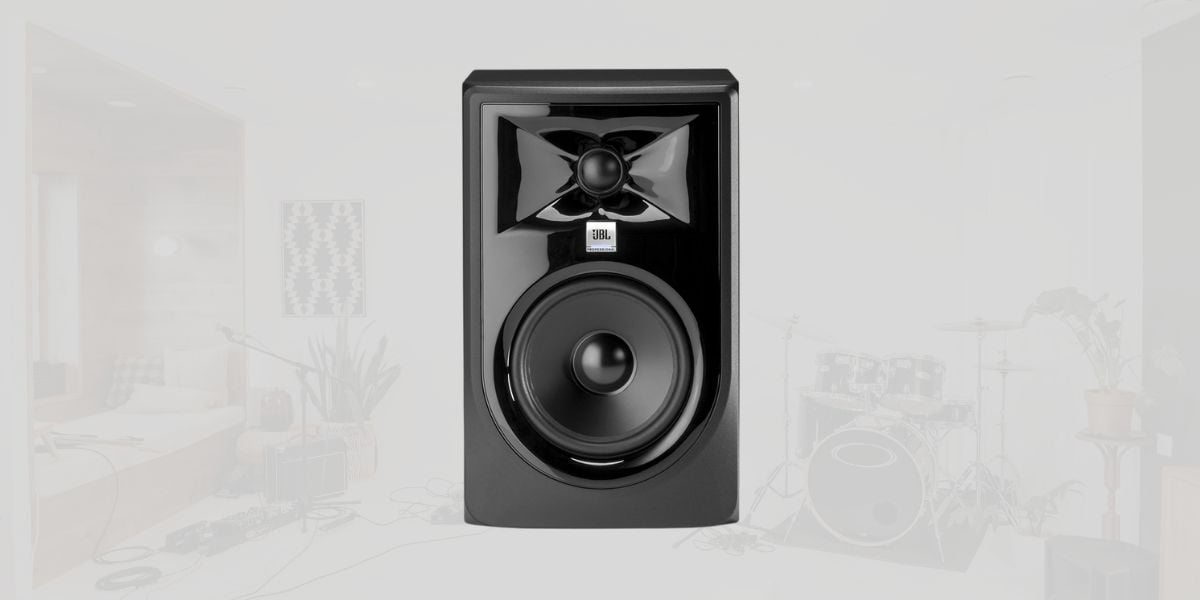
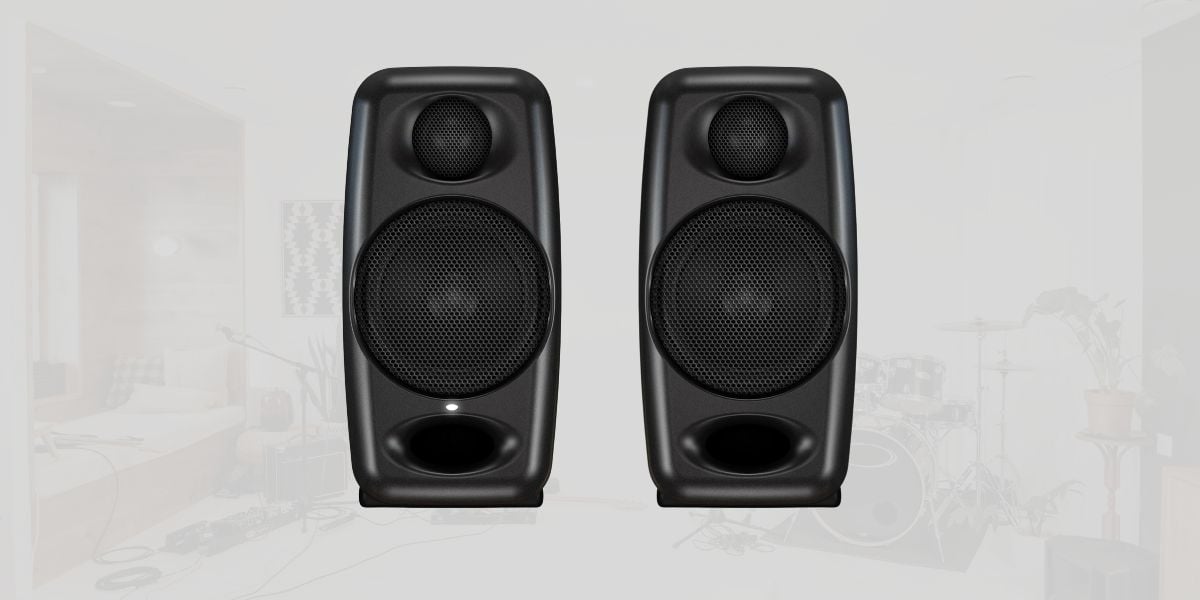
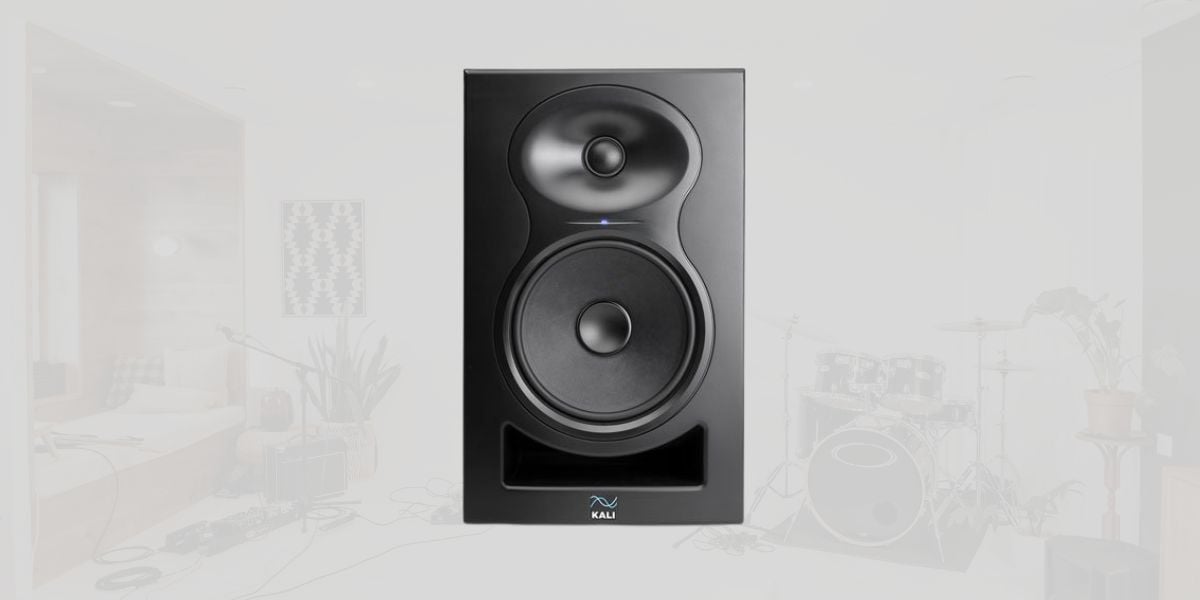
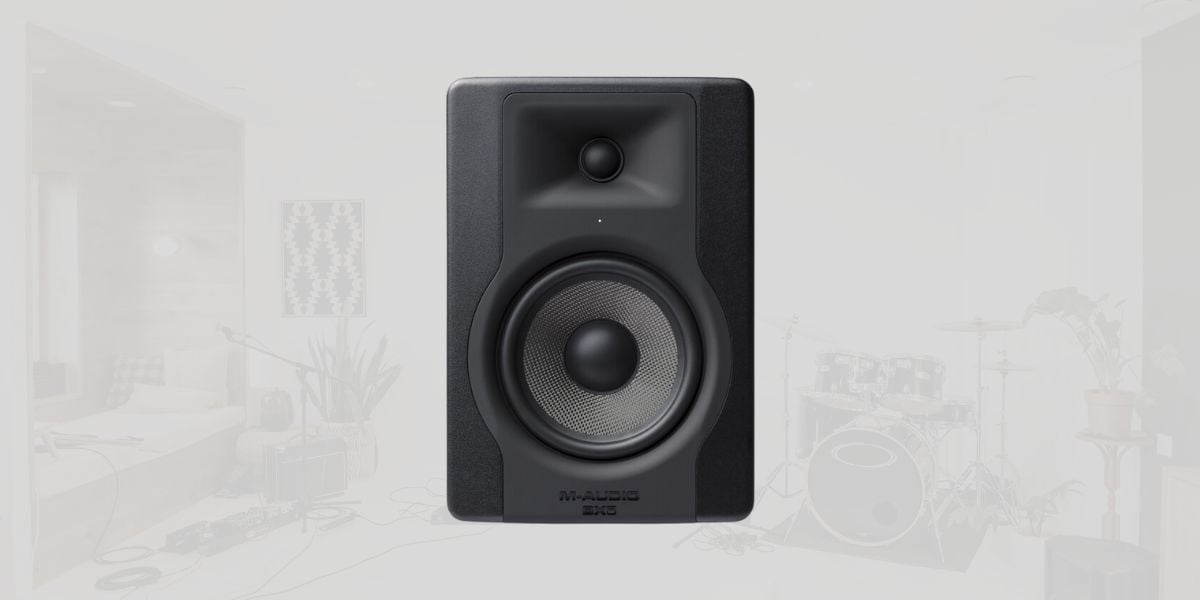
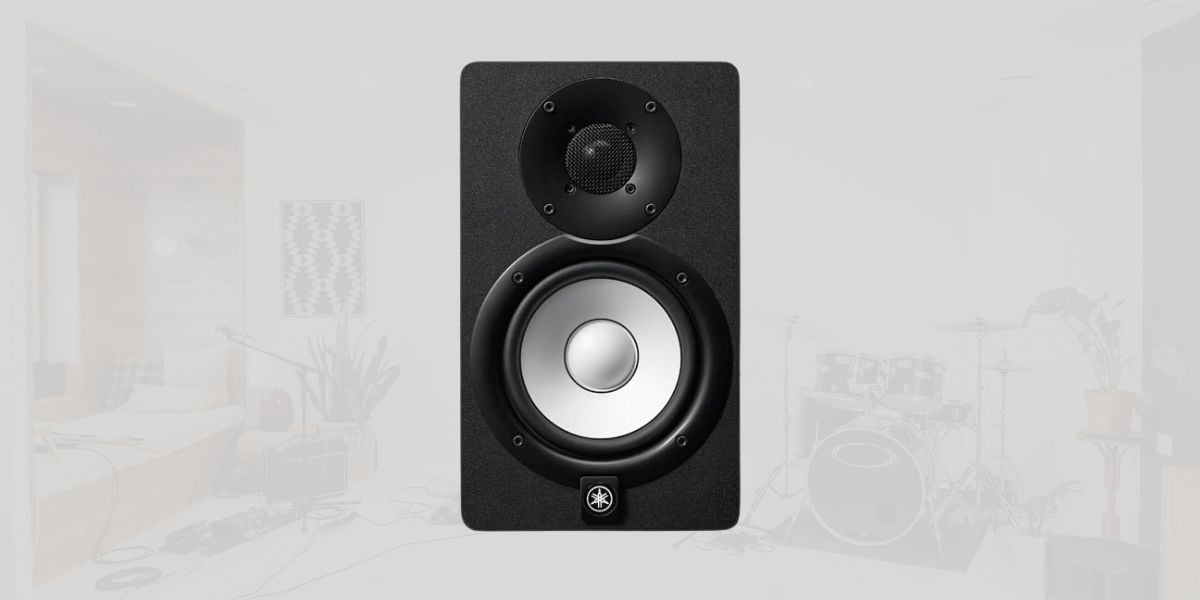
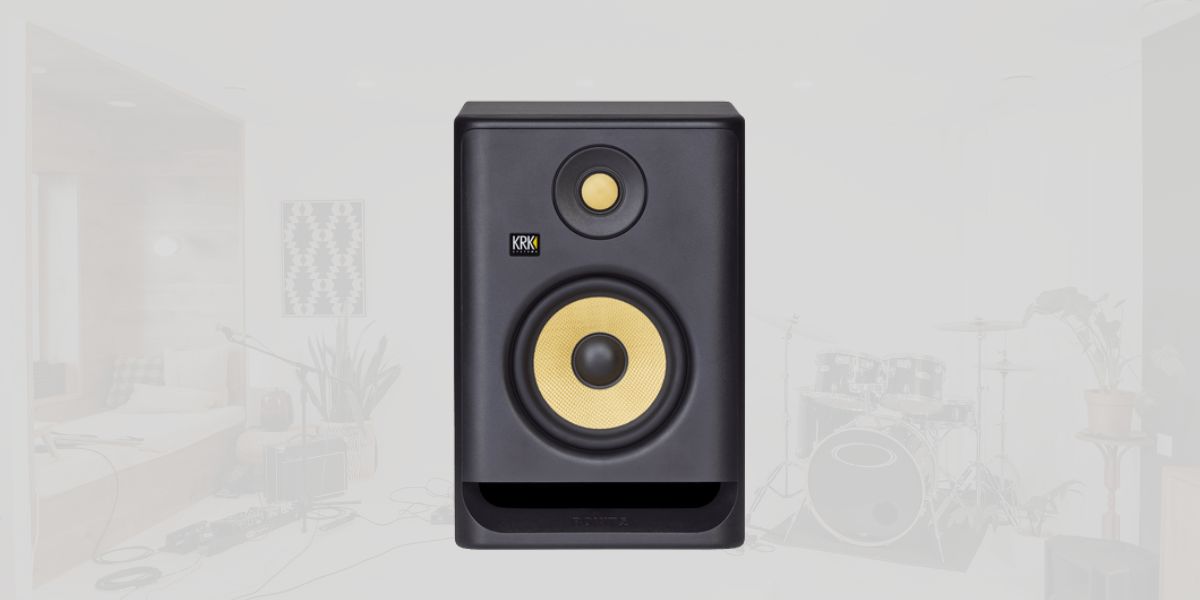
23 Comments
Navi Retlav Studio
onThis article is missing the Adam Audio T7V which in my opinion (tested both) are better than Kali Audio LP-6 2nd Wave at the same price.
joshmelo
onThe Kali LP6 are much more accurate monitors, they are at the moment the most accurate at the price point and then some.
https://www.audiosciencereview.com/forum/index.php?threads/adam-t7v-spinorama-and-eq-inside.17283/
https://www.erinsaudiocorner.com/loudspeakers/kali_lp-6v2/
Darktrap
onYeah they are best than anything in this, but Mackie MR range have better bass, with, and stereo image but may no better high as expected ^^
Darktrap
onI mean the Adam are the best from this list
Tomislav Zlatic
onHey Navi Retlav Studio, thanks for the tip. I included the T7V’s in the reader’s suggestions.
joshmelo
onHey BPB, longggg time follower and consumer of great free plugins form what I consider the absolute best place to go for them, no contest. Monitoring and acoustics is my forte and I feel there are some common myths that have made it into your article and I have some extra info for folks who want to go a bit deeper into the differences between these monitors.
Speaker and room size – The issue with a speaker being too large for a room isn’t related to low frequency reproduction, it’s that larger speakers generally need a greater listening distance from the monitor for the wave fronts of the woofer and tweeter to converge. Larger woofers can provide some benefits that you can’t get with smaller ones regardless of room size. Larger woofer can “throw” more speaker energy towards the listener at lower frequencies reducing the impact of the reflected energy from the room. A larger woofer monitor also generally has more amplifier and driver headroom which is crucial when attempting apply corrective room EQ which you will absolutely need for small rooms (Hey you guys should do an article on how to apply corrective room EQ, I can write one up for ya!)
You’re spot on that placement in the room is crucial to a speakers performance. If anyone would like to go a bit more in depth on that I highly recommend Genelecs placement guide.
https://www.genelec.com/monitor-placement
The new hotness today for comparing speakers is anechoic measurement data, or data gathered by a device called the Klippel NFS (near field scanner). It can produce near anechoic environment data and provide predictions on in room performance and boundary interaction. This kind of info can tricky to obtain but provides an unbiased look at how a speaker performs. As far as I’m aware all the monitors mentioned here have been measured and the info is free.
Long story short, out of everything listed, the Kali LP6 offer the most neutral speaker overall, they will give you the best chance at hearing things accurately. If anyone has any questions on the info shared here feel free to reply and I’ll do my best to get back to you! This is quite a lot of info to be given and to interpret.
JBL 305 MKii – https://www.audiosciencereview.com/forum/index.php?threads/jbl-lsr305p-mkii-and-control-1-pro-monitors-review.10811/
IK Iloud Micro – https://www.audiosciencereview.com/forum/index.php?threads/iloud-micro-monitors-measurements-and-quasi-anechoic-spinorama.10988/
Presonus Eris 5XT – https://www.audiosciencereview.com/forum/index.php?threads/presonus-e5-xt-active-speaker-review.13436/
Kali LP6 – https://www.erinsaudiocorner.com/loudspeakers/kali_lp-6v2/
Yamaha HS5 – https://www.audiosciencereview.com/forum/index.php?threads/yamaha-hs5-powered-monitor-review.10967/
Tomislav Zlatic
onHey Joshmelo, thank you so much for the useful links! Some great info there.
Pisces
onEr… Before you consider any speaker at any budget, please incorporate acoustic treatment into your budget. Without acoustic treatment, the best monitors in the world have the potential to sound like junk in a poorly treated room.
If you are on a budget, the best option is most likely a half decent pair of headphones, something like the Sennheiser HD650, especially if you’re a beginner. While this is not the perfect solution, headphones will at least cut out any room treatment issues, and should save years of mixing bewilderment and frustration.
If you have a decent acoustic space and reasonable budget, I would suggest trying the Genelec 8020D or if the budget won’t go that far the smaller Genelec 8010A.
Tomislav Zlatic
onHey Pisces, all good suggestions. Thank you! An article about budget headphones is coming soon.
Jon Peterson
onMonitors are nice to have but the fact that there are so many to choose from helps only those with lots of access to a variety of opportunities to hear thier music on different speakers. Mobile devices tend to produce certain frequencies not at all. Yet we still produce with this scenario in mind. Many tries leads to the best results to hear what you’ve done. Experience is always a pretty damn good teacher. Of which there is no substitute.
Tomislav Zlatic
onYes, lots of listening and mixing to gain experience is necessary. Also, listening to your mixes on many different systems, including phones and even laptop speakers.
Sir Otter
onI recently went from my old M-Audio BX5 to Presonus E44 and just WOW. The great stereo field was expected from MTMs, but what really surprized me was low end’s level of detail with just 4.5 inch woofers.
Tomislav Zlatic
onInteresting, thanks for your comment.
Scott
onI’ll put my M-AUDIO BX5 GRAPHITE’s up against anything here. Super tight graphite fiber woofers, excellent silk dome tweeters with a nice waveguide, rear ported, and high frequency PLUS acoustic space controls. XLR, 1/4″, and RCA inputs. Break these in and they will amaze you with the bang for buck!
Tomislav Zlatic
onCool, thanks for the suggestion. Added to the article!
Oladele Tumininu
onI use Behringer studio 50usb. But an upgrade is becoming expedient when I heard the Yamaha HS5 in another studio I just built for a church. I don’t presently have capacity to get it but I alternatively built an active subwoofer speaker to compensate for the low ends. Hoping to have a better mix till my pocket is graced to do the upgrade
Tomislav Zlatic
onI still use my trusty HS5s. Incredible quality for the price.
Simba jahi
onMackie mr824 are my monitors of choice full sound and they translate well of course I use sounded in my room
Tomislav Zlatic
onThanks, added this to the reader’s suggestions.
Darryl Lim
onShout-out for my trusty JBL LSR305’s (1st generation). Still in love with them after all these years, especially their wide-angle tweeter projection & formidable bass!
Tomislav Zlatic
onAwesome! I love it when a piece of gear lasts for ages.
Scott
onI absolutely love my Yamaha HS8’s…I think for the money,they are great monitors…
Stephen Gibson
onI have Eris E7xt as my main monitors and ILoud micros for travel but at my desktop I have JBL’S 104 ‘s they are pretty good and more flexible hookups than the ILouds nice for a small work area